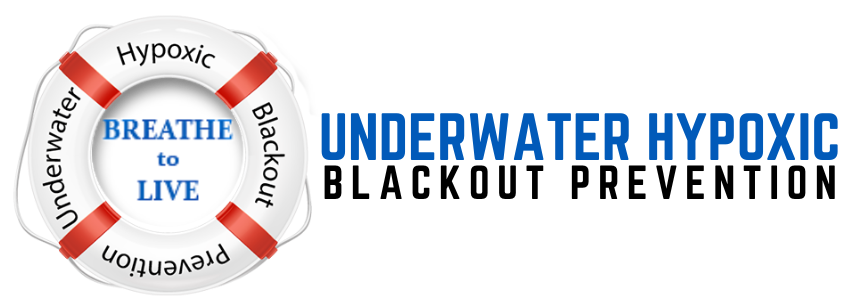Editor's Note: This week we received an email from a mother whose 13-year-old son experienced a shallow water blackout while their family was vacationing in Orlando, Florida. This story shows how SWB can happen to an adolescent even while under responsible adult supervision. We applaud young Clayton for his alertness and rescue of his best friend, Reagan. Thank you, Teresa, for sharing your story and helping to raise awareness of the dangers of shallow water blackout. Lives will be saved!
Clayton (Left) and Reagan (Right)
A Story of Survival, as told by Teresa Lamear
"We went to Orlando with our 13 year old son Reagan and brought along a family friend, Clayton, who is the same age in March of this year. These boys have been close friends since first grade and get along fabulously. I don’t think they’ve ever fought. We rented a house with a pool and hit the parks for a few days. The last day we spent at the house relaxing.
When we first got to the house and the boys jumped in the pool, we told them 'Hey, no crazy jumping. No ER trips this weekend.' Saturday they were swimming pretty much the majority of the day either in the pool or the hot tub. With or without goggles.
Around 7:30 pm, the boys were in the pool and thankfully my husband Ron and I were also on the patio. At 13 years old and healthy kids, used to being in swimming pools their entire life, it wouldn’t be unknown for us to walk away briefly. Take the dogs for a walk, fix food in the kitchen etc. We were watching our tablets for a delayed rocket launch at Cape Canaveral while the boys swam.
Reagan was taking his turn swimming underwater seeing how far he could go. He hadn’t gone nearly as far as he normally does when Clayton noticed his body language change. Instead of thinking it was a joke, Clayton swam to Reagan and pulled off his face mask goggles. He could tell Reagan was dead weight and making an odd sound. He started swimming holding Reagan’s head above water towards the edge. When Clayton came up for air he yelled for us and caught our attention. By then he had Reagan at the edge of the pool and we pulled him out. Reagan was still unconscious. I don’t know how many seconds passed, felt like at least 30, before he came to. He didn’t cough up any water. He was just confused what was going on. Last thing he remembered was swimming underwater and knowing he needed to go up for air. He had fainted before he could come up for air.
He was completely fine and responding to everything normally. After consulting a relative who works in the ER, we determined we didn’t need to take him in. But were still very concerned wondering why this happened. Needless to say, I slept right next to him that night!
We let his older sisters know what happened. They were also shaken up by the close call. Our oldest daughter started looking up what could have caused Reagan to faint. She found information about your organization. After reading the information, it was very obvious that Reagan’s situation fit the Shallow Water Blackout description exactly.
We were SO FORTUNATE. Clayton was a hero that day for how quickly he reacted. We had a lot of discussions that night and the next day about the importance of Never play-drowning. Swimming with a buddy. Keeping an eye on your friends. CPR techniques and many other things.
I thank God every day that we have our boy and things did not turn out tragically as easy as they could have. I feel compelled to somehow warn other families. Thank you so much for your organization and efforts to raise awareness. Living in SW Florida (Cape Coral, FL), we have a lot of interaction with pools and water. Hopefully we can help raise awareness also."









